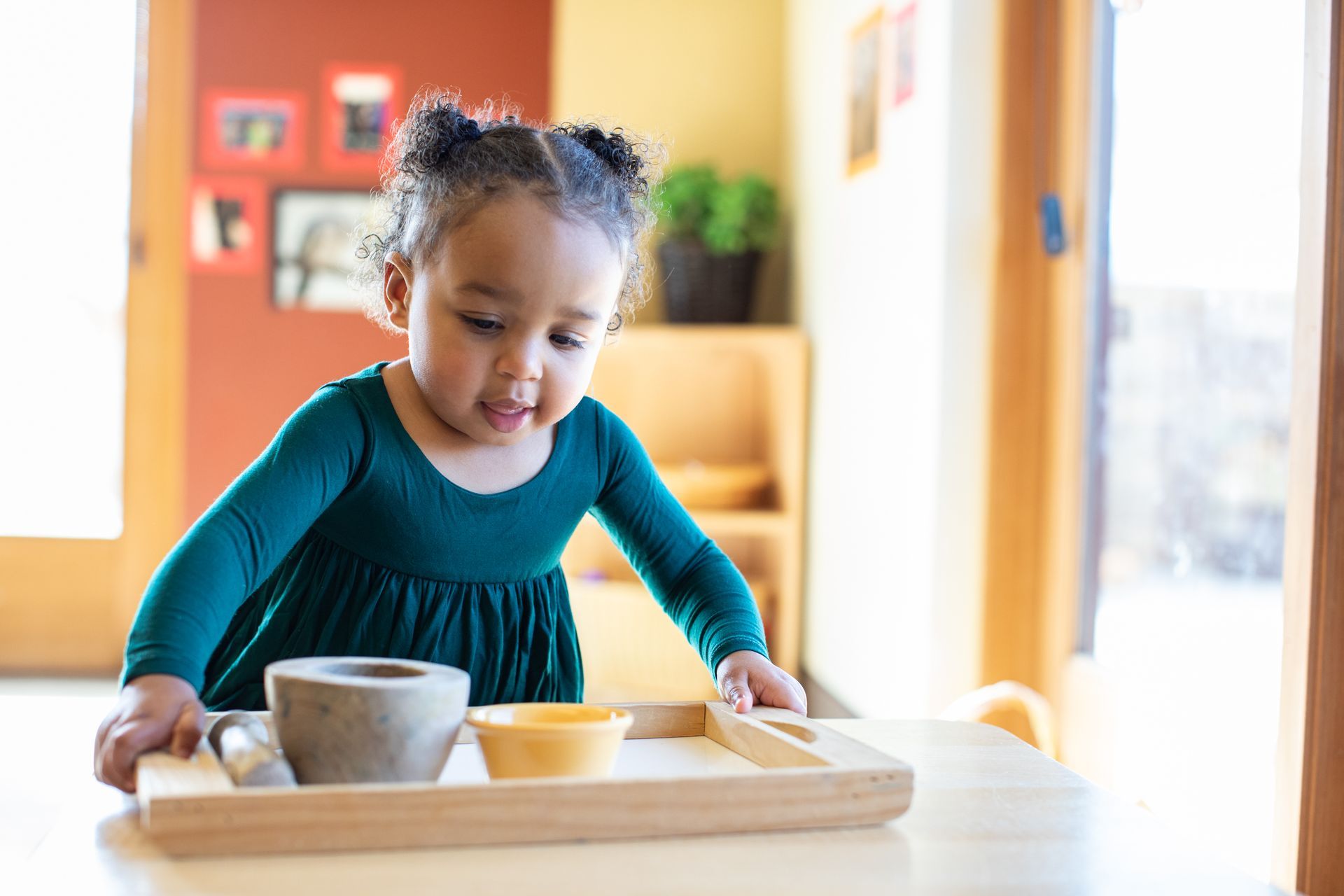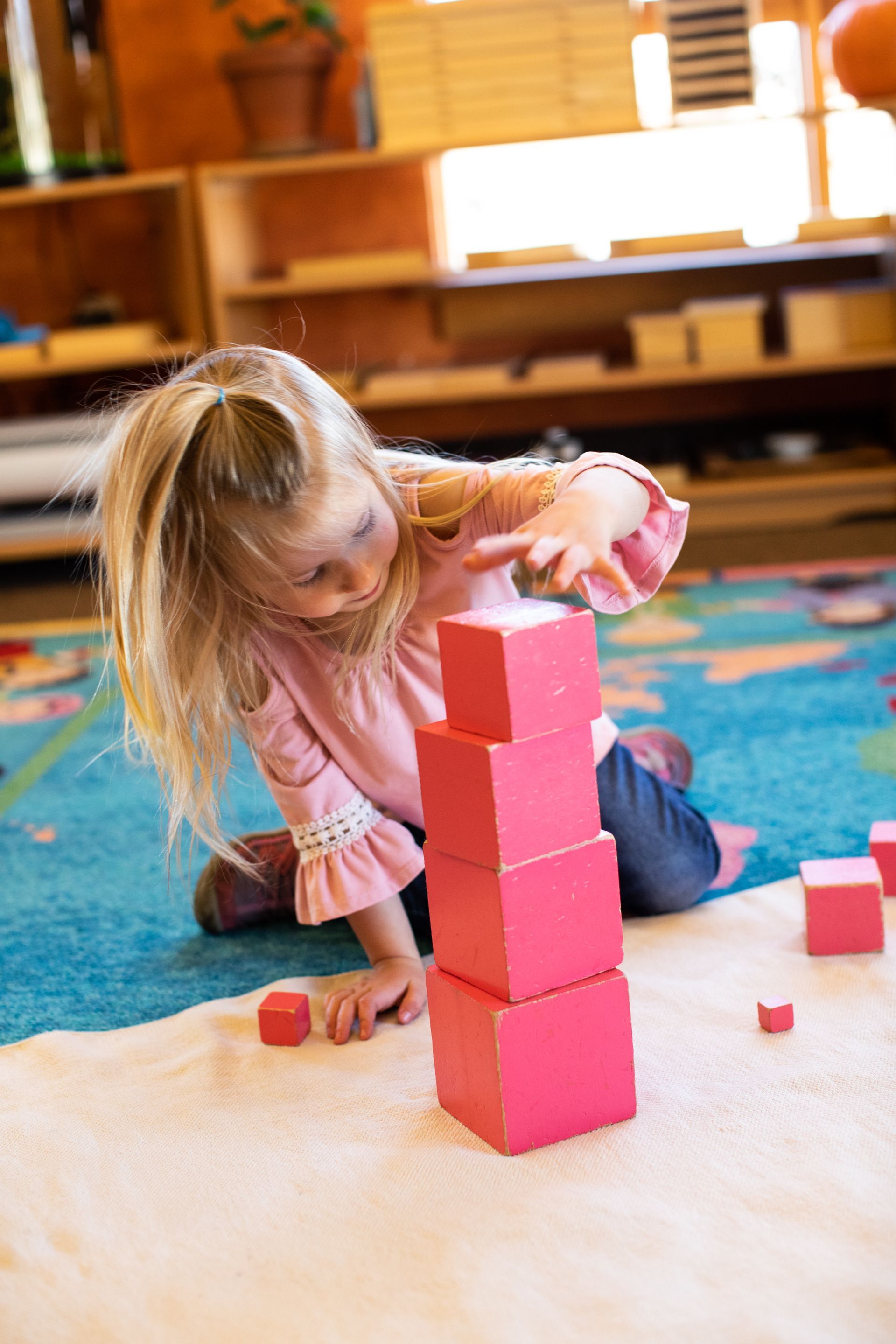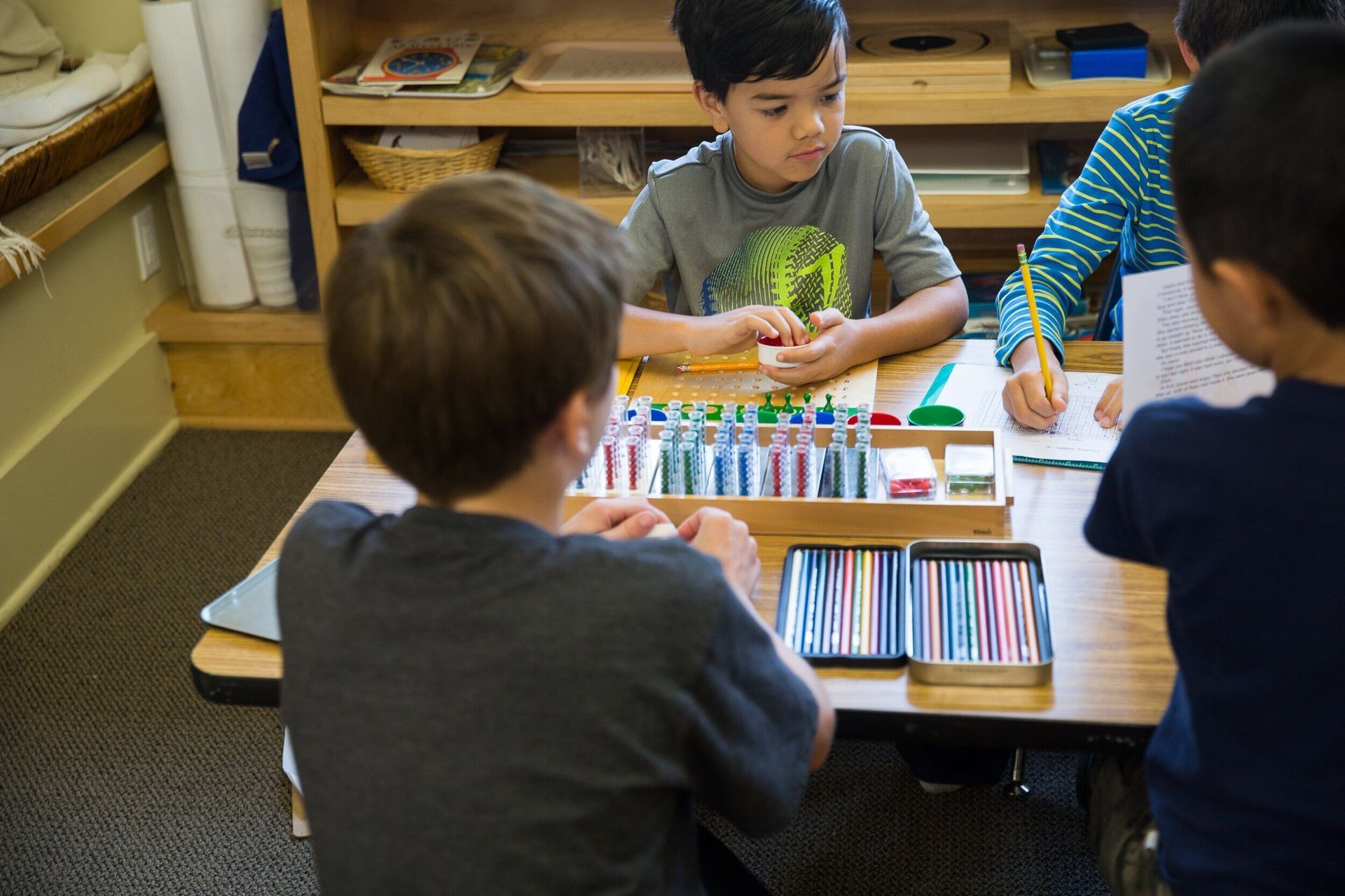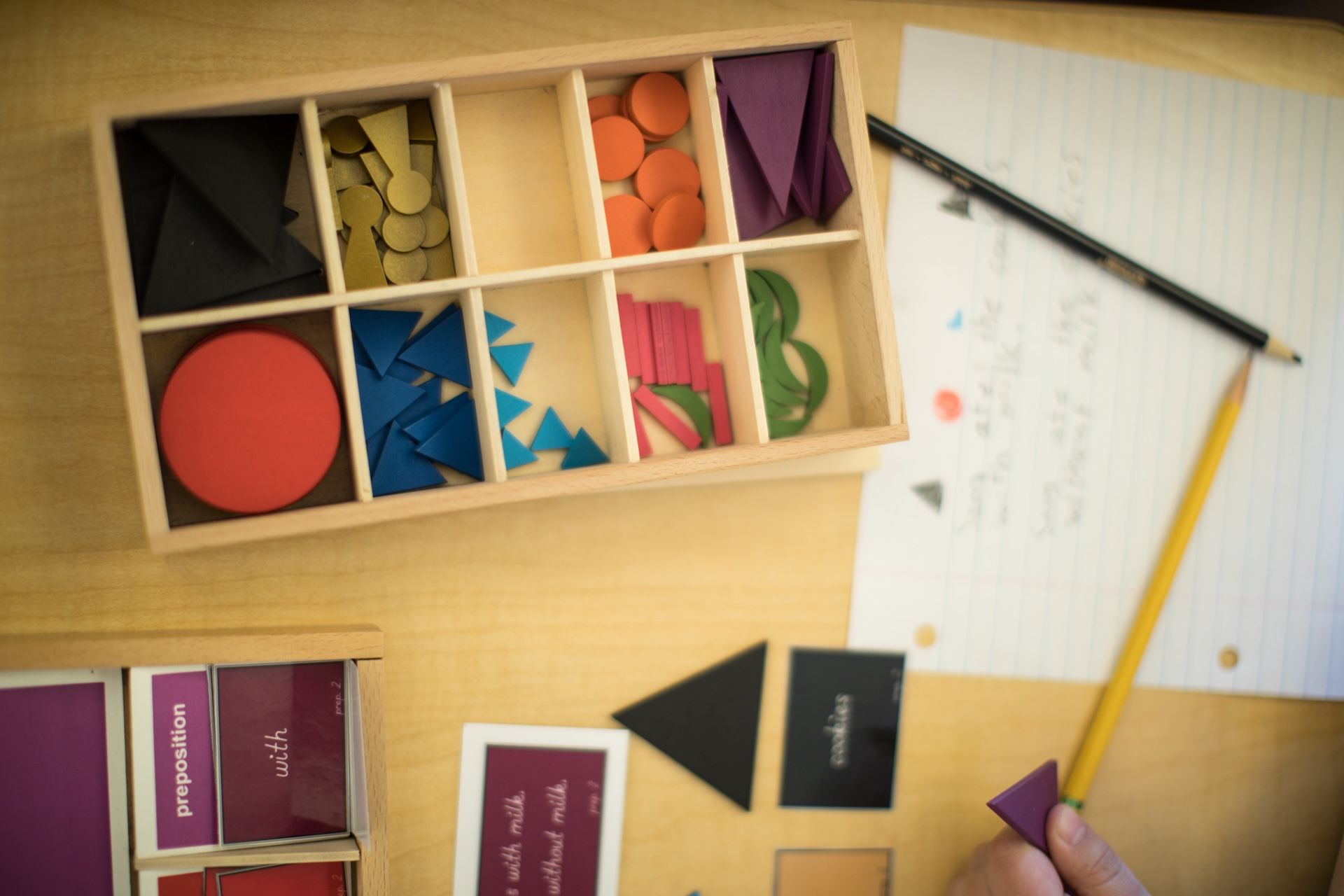Explorers, Thinkers, Creators, Citizens
An American Montessori Society Accredited School for children 18 months to 12 years
Why Bellevue Montessori School?
We Emphasize More than Just Academics
We honor your child’s individuality and focus on curiosity, independence, compassion, collaboration, and critical thinking, preparing them to take on the future with confidence, propelled by the gift of self knowledge and a passion for learning.
We’re a Community
Our school is a community for more than just the children. We view our relationship with you as a partnership, working together for the benefit of your child. Because children thrive when home and school work in harmony.
We are passionate and experienced Montessori Educators
Bellevue Montessori School
offers an enlightening and nurturing Montessori environment to educate and support each child in reaching their full potential and inspiring a passion for learning.
We offer Individualized Learning
Children have the freedom to explore and learn at their own pace. Individualized instruction ensures children who need more support with certain skills get that support, and those who are ready to move ahead are offered the challenges they crave.
Our Programs
How to Apply
Join the Community!
Meet other new parents and connect with us on social media to get acquainted with our community.











